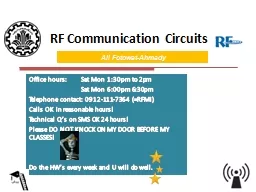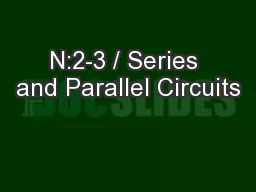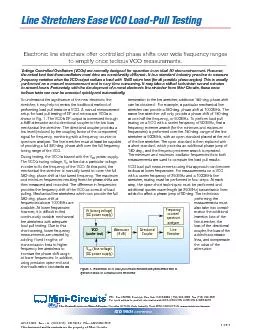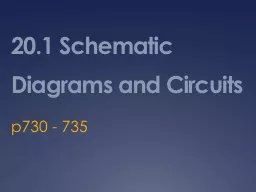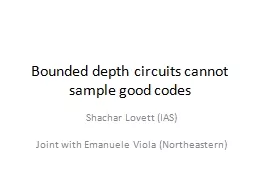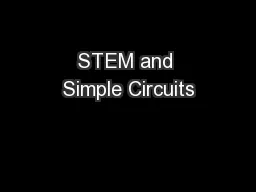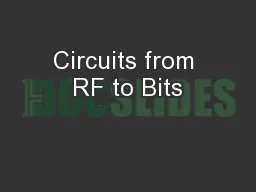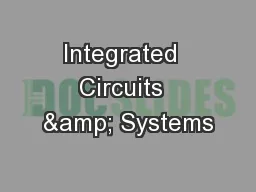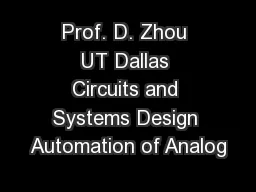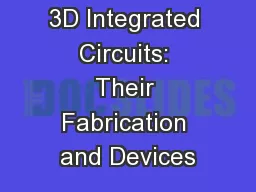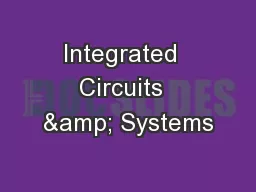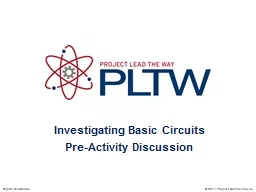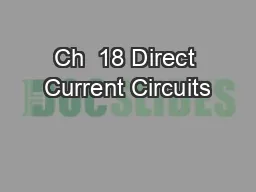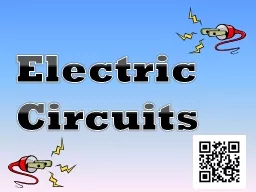PPT-RF Communication Circuits
Author : ellena-manuel | Published Date : 2016-09-17
Office hours Sat Mon 130pm to 2pm Sat Mon 600pm 630pm Telephone contact 09121117364 RFMi Calls OK in reasonable hours Technical Qs on SMS OK 24 hours Please
Presentation Embed Code
Download Presentation
Download Presentation The PPT/PDF document "RF Communication Circuits" is the property of its rightful owner. Permission is granted to download and print the materials on this website for personal, non-commercial use only, and to display it on your personal computer provided you do not modify the materials and that you retain all copyright notices contained in the materials. By downloading content from our website, you accept the terms of this agreement.
RF Communication Circuits: Transcript
Download Rules Of Document
"RF Communication Circuits"The content belongs to its owner. You may download and print it for personal use, without modification, and keep all copyright notices. By downloading, you agree to these terms.
Related Documents

